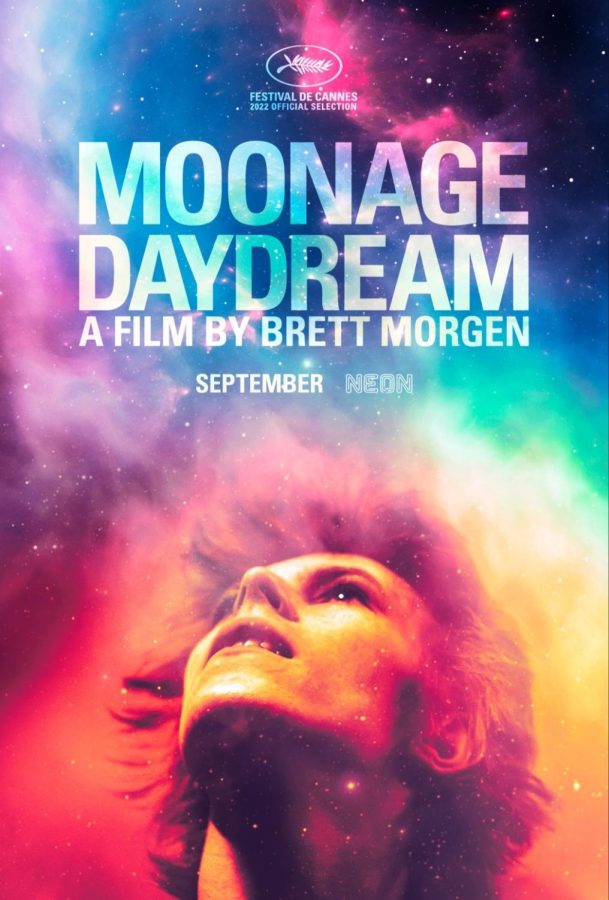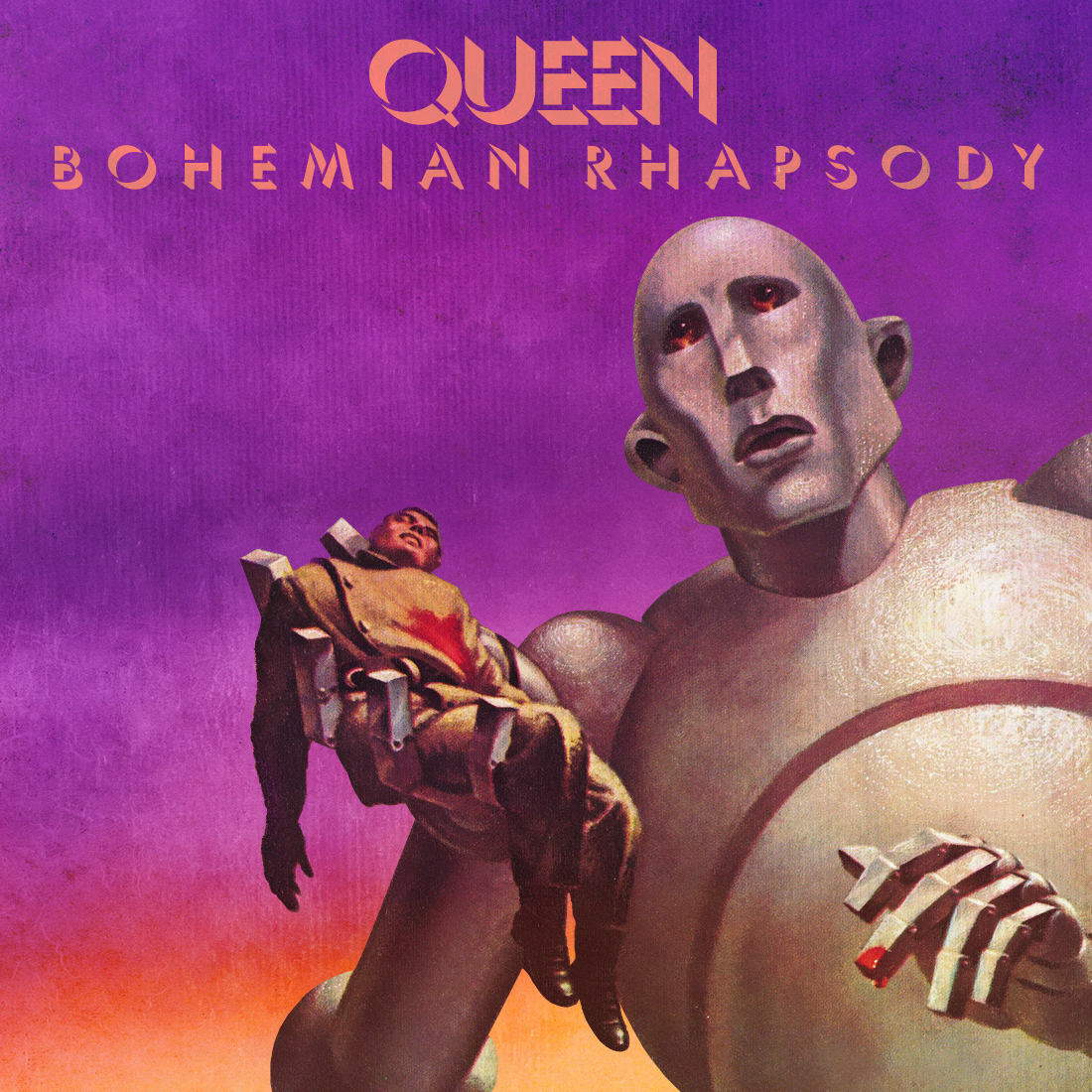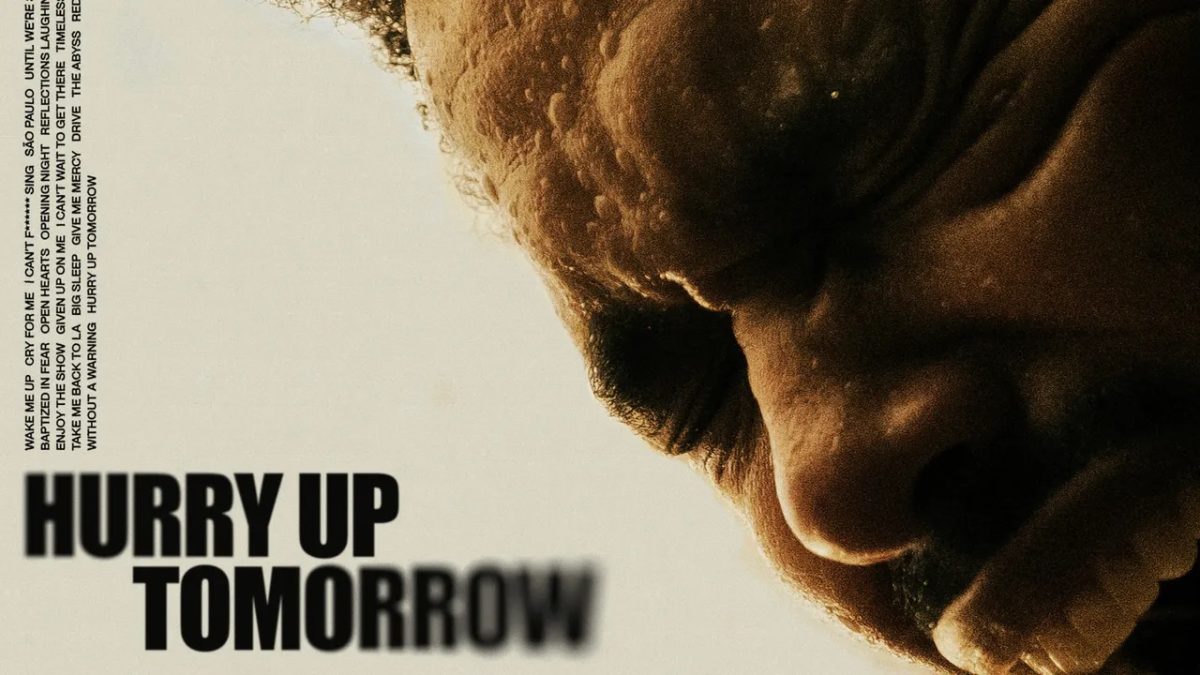In the midst of a crowd bustling through the streets of London in 1973, everyone knows the name of David Bowie. He’s bizarre, yet alluring– eclectic, sensual, and charmingly flamboyant. However, upon being asked who and what Bowie is, each person would have a different answer.
In his essence, David Bowie was a musical chameleon. Possessing an extraordinary ability to adapt and change course, the rockstar channeled his creative energy into several genres, techniques, and most notably, personas.
The Beatles’ Sgt. Pepper’s Lonely Hearts Club Band made history as one of the first albums to tell a story through connected songs with a common theme.
Years later, Bowie’s fifth studio album The Rise and Fall of Ziggy Stardust and the Spiders from Mars built upon this idea in such a way that would cement its place right next to Sgt. Pepper, and blur the lines between music and theater in such a way that would reconceptualize what music can be.
In 1972, David Bowie would adopt his first persona– the extravagant rock ‘n roll space alien, Ziggy Stardust.
Ziggy wore flashy clothes, donned a vibrant red mullet, and a large, golden circle on his forehead. He was glittery, androgynous, and queer.
See more: The story behind The Rise and Fall of Ziggy Stardust and the Spiders From Mars
Ideas of a unique sense of self and mortality bonded the story of the alien rockstar, and he would be introduced to the world and killed on stage over the course of 18 months. There was no Ziggy Stardust without David Bowie, and at that time, Bowie truly was Ziggy Stardust.
Four years and four more personas later, Bowie reflected on his time as Ziggy in a 1977 interview with Flo & Eddie of The Turtles.
“People relate to him more than David Bowie, at the time,” said Bowie.
“It was still very hard for anybody to realize that a rock artist could go on stage and be a different person every time he goes on stage. Nobody was doing that.”
Ziggy Stardust catapulted David Bowie into global fame and stardom. Throughout his career, the singer utilized the characters that he created as a tool to deliver his songs and stories, and the audience projected and interacted with them in such a way that was distinctively new.
Ziggy Stardust, Aladdin Sane, and the Thin White Duke all carried a certain mystique that allowed room for interpretation, and subsequently, so did David Bowie himself. He adopted few labels, bent the boundaries of identity, and was unpredictable.
Who better then, to tell his story, than David himself?
On Sept. 16, Bowie graced IMAX theaters across the world narrating director Brett Morgen’s anticipated project, Moonage Daydream. To call it a biography or a documentary would be a disservice to what the film actually is, and like Bowie, it is terribly hard to label.
In its official synopsis, the movie is described as a kaleidoscopic, experimental, cinematic odyssey. It is a captivatingly philosophical piece that fuses together moments of David Bowie’s life using a non-linear, sensory focused approach.
From the very few first minutes of the film, bursts of color and abstract visuals light up the screen. Fast paced clips and compilations of space and pop culture break up segments of Bowie performing– a risky editing choice that albeit works fairly well with the tone of the film.
Adoring fans scream declarations of admiration. Footage that has previously never been seen before ensues. David Bowie, six years after his death, is still befittingly transcending time by speaking to the audience in the room.
That, in itself, may be one of Moonage Daydream’s biggest triumphs. In the past few years, there has been a resurgence of rock movies and biopics. In June, Baz Luhrmann’s Elvis was released; before that, there was The Beatles: Get Back, Rocketman, and Bohemian Rhapsody.
Despite this, none of the aforementioned present their subject like Moonage Daydream does to Bowie. Hearing his voice through the movie theater’s speakers, and watching him face you on the big screen, singing his songs to you, is such an indescribable and emotional experience.
“I am dying. You are dying. Second by second, all is transient,” Bowie says.
Moonage Daydream is one of a kind and intense. It largely tackles ideas about consciousness, mortality, and Bowie’s perception of self and time.
The intention is not for the viewer to leave the theater with a clear understanding of Bowie. You would leave empty handed. At its core, Moonage Daydream is an immersive experience that will remain with the audience for days.
After the movie ends and the credits finish rolling, David Bowie bids the audience goodbye. It feels surreal, as if he’s speaking right to you and thanking you for coming to see his movie.
“Well you know what, this has been an incredible pleasure,”
“You were really interesting, I didn’t know all those things you were telling me about yourselves. It’s nice to have met you. I’m glad we finally did meet at last, and all I can say is ‘Goodbye, goodbye, we’ll meet again! Sometime, somewhere!’”
— — — — — — — — — — — — — — — — — — — — — — — — — — —
Moonage Daydream is playing at SeeFilm Cinemas in Bremerton from now until October 6, Galaxy Theatres IMAX in Gig Harbor from now until October 5, and Grand Cinema in Tacoma from now until October 6. Additional showings of Moonage Daydream are at various Seattle locations.













